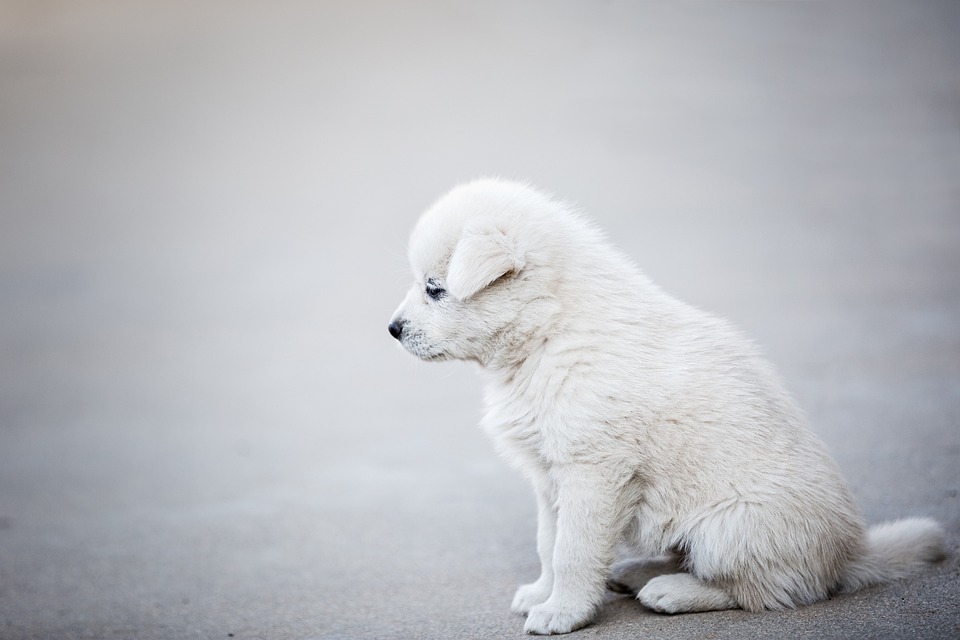Reactive dogs can display aggressive or fearful behavior in response to certain triggers, making their training a challenging task. However, with the right strategies and techniques, it is possible to help a reactive dog become more calm and well-behaved. In this article, we will explore effective strategies for training a reactive dog, along with some commonly asked questions about this topic.
Understanding Reactive Behavior in Dogs
Before diving into training strategies, it is important to understand what reactive behavior is and why it occurs. Reactive dogs often react aggressively or fearfully towards certain stimuli, such as other dogs, strangers, or loud noises. This behavior is typically a result of fear, anxiety, or a lack of proper socialization.
1. Positive Reinforcement Training
Positive reinforcement is a powerful training technique that involves rewarding desired behavior to encourage its repetition. In the case of reactive dogs, using positive reinforcement can help them associate positive experiences with the triggers that typically cause their reactive behavior. This can be done by rewarding the dog with treats, praise, or play whenever they remain calm in the presence of a trigger.
2. Counterconditioning
Counterconditioning is a technique that aims to change a dog’s emotional response to a particular trigger. By gradually exposing the dog to the trigger at a distance and pairing it with something positive, such as treats or play, the dog begins to associate the trigger with positive experiences. Over time, this can help reduce the reactive behavior.
3. Desensitization
Desensitization involves exposing the dog to the trigger in a controlled and gradual manner. By starting at a distance where the dog remains calm and slowly reducing the distance over multiple sessions, the dog can become desensitized to the trigger. This technique requires patience and consistency, as rushing the process can lead to setbacks.
4. Management Techniques
While training is essential, it is equally important to manage a reactive dog’s environment to prevent triggers and avoid reinforcing reactive behavior. This may include using a muzzle or a head halter during walks, avoiding crowded areas, or implementing a structured routine to provide a sense of security for the dog.
FAQs about Training Reactive Dogs
Q: Can all reactive dogs be trained?
A: Yes, with proper training and patience, most reactive dogs can be helped to manage their reactive behavior. However, the level of improvement may vary depending on the individual dog and the severity of their reactivity.
Q: Is it necessary to consult a professional trainer for training a reactive dog?
A: While it is possible to train a reactive dog on your own using the right techniques, consulting a professional trainer who specializes in reactive dogs can be highly beneficial. They can provide expert guidance, tailor training methods to your dog’s specific needs, and address any challenges that may arise.
Q: How long does it take to see improvement in a reactive dog’s behavior?
A: The time required to see improvement in a reactive dog’s behavior can vary depending on the dog, their history, and the consistency of training. Some dogs may show progress within a few weeks, while others may require months of dedicated training.
Q: Can medication be helpful in training a reactive dog?
A: In some cases, medication prescribed by a veterinarian can help reduce a dog’s anxiety or fear, making training more effective. Medication should be used in conjunction with training and under the guidance of a professional.
Conclusion:
Training a reactive dog requires patience, consistency, and understanding. By employing positive reinforcement, counterconditioning, desensitization, and effective management techniques, it is possible to help a reactive dog become more relaxed and well-behaved. Remember, every dog is unique, so tailoring the training approach to suit their individual needs is crucial for success. If needed, don’t hesitate to seek assistance from a professional trainer to ensure the best outcome for your furry friend.









